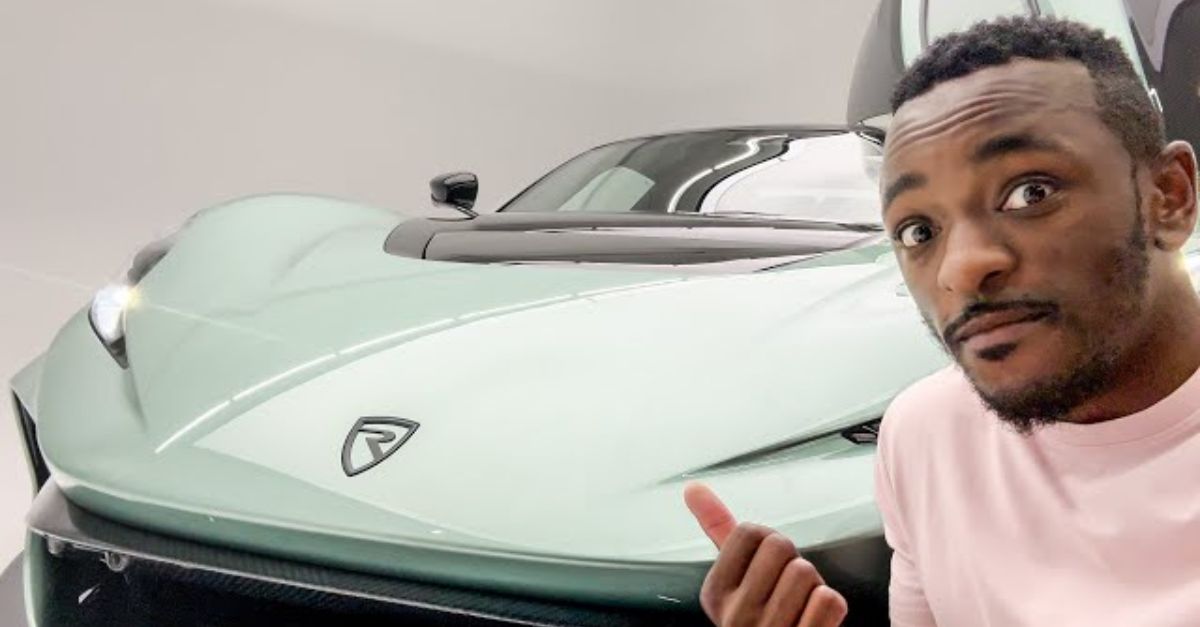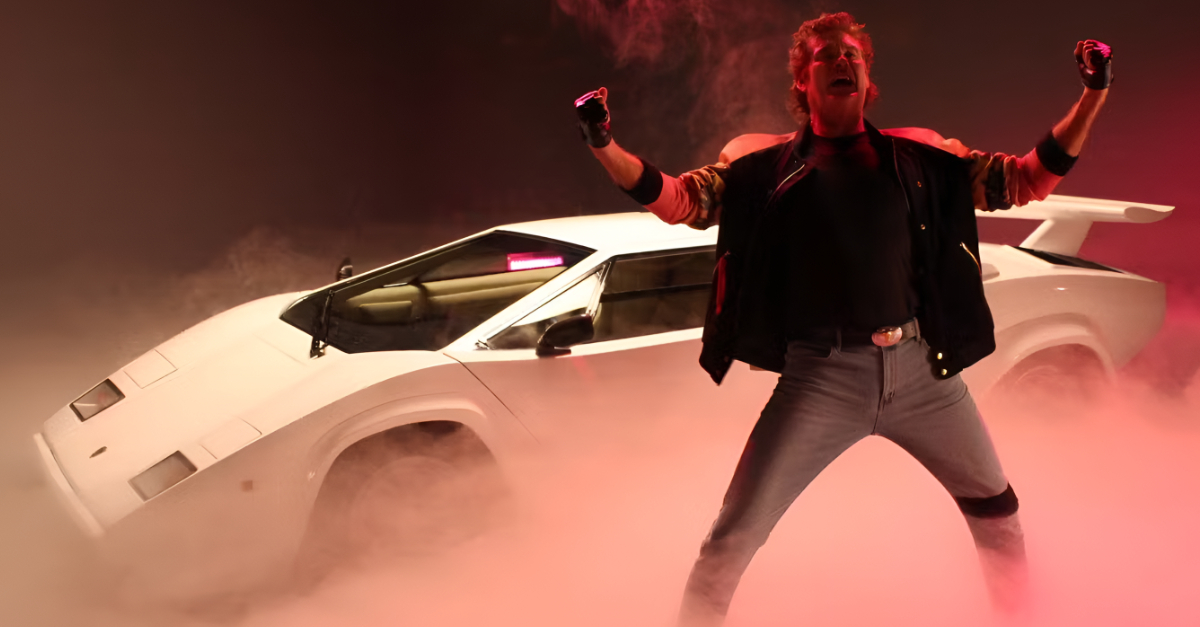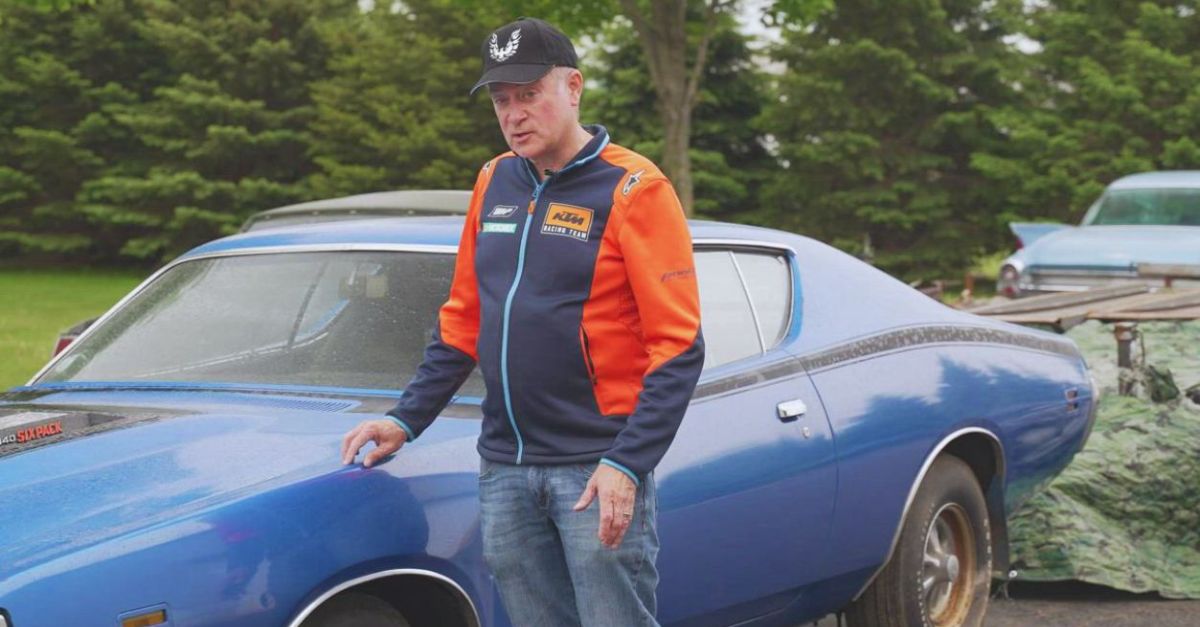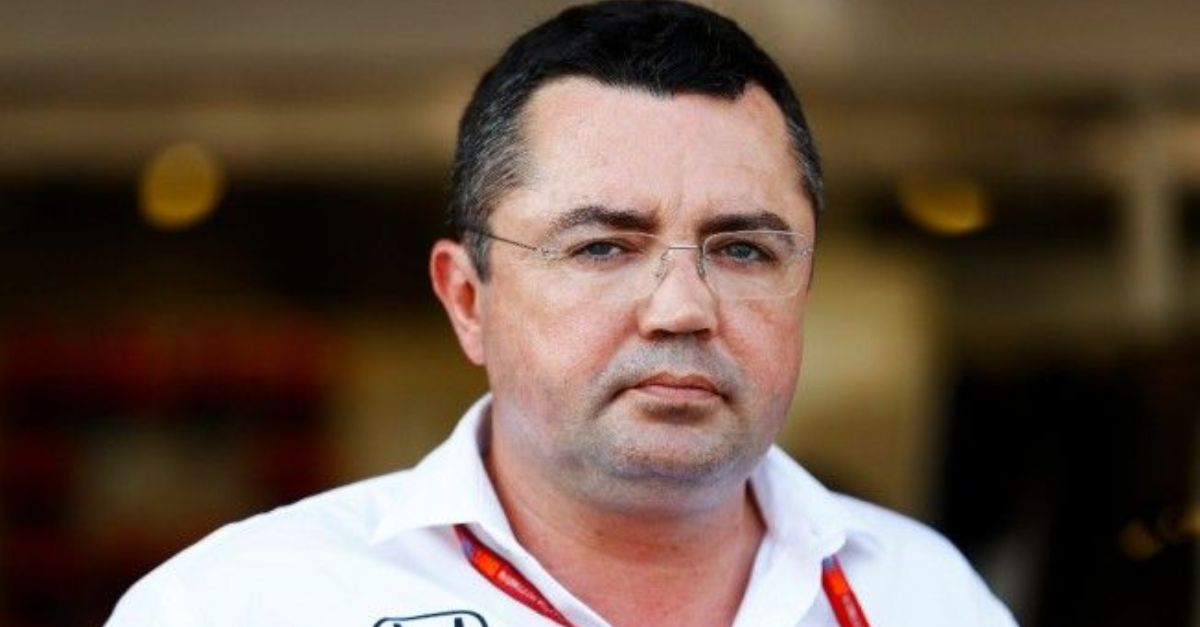They Shamed Ferrari But Vanished Quietly
Records were broken and expectations were redefined—yet some cars remain largely unknown. They outpaced icons like Ferrari with pioneering technology, but vanished without leaving their mark.

Rimac Nevera R
Producing over 2,100 horsepower, the Nevera R recently demolished 24 performance records, including a staggering 0–249–0 mph time of 25.79 seconds according to News.com. With a price tag over $4 million, it’s faster than most Ferraris—yet its all-electric nature and niche Croatian roots have kept it underappreciated.
 Alexander-93, Wikimedia Commons
Alexander-93, Wikimedia Commons
Lotec C1000
Commissioned by a wealthy UAE client, the Lotec C1000 paired a Mercedes-sourced 5.6L twin-turbo V8 with a carbon-fiber monocoque, which produced 1,000 horsepower in the early 1990s. With a claimed top speed of 268 mph, it rivaled future hypercars—but its one-off status meant it disappeared almost immediately.
 Lotec C1000 - DLEDMV by De l'essence dans mes veines
Lotec C1000 - DLEDMV by De l'essence dans mes veines
Ultima GTR
Here is yet another car that disappeared due to its DIY nature. Built around Le Mans-style performance principles, the Ultima GTR is a kit-based supercar that shattered acceleration benchmarks. Capable of sub-3-second 0–60 mph runs, it used lightweight engineering and big-displacement GM V8s.
 Brian Snelson from Hockley, Essex, England, Wikimedia Commons
Brian Snelson from Hockley, Essex, England, Wikimedia Commons
Lexus LFA
Crafted over a decade, the Lexus LFA featured a screaming 4.8L V10 co-developed with Yamaha, revving to 9,000 rpm and delivering 552 horsepower. It achieved Nurburgring lap times competitive with Ferrari’s finest. Despite its brilliance, a high price and Lexus’s luxury-car image prevented it from gaining full supercar recognition.
 Rutger van der Maar, Wikimedia Commons
Rutger van der Maar, Wikimedia Commons
Vector W8
Financial troubles and limited production curtailed the Vector W8’s potential, despite its groundbreaking design. It was built in the late 1980s in California. It featured aerospace materials, a 625-hp twin-turbo V8, and a claimed top speed of 242 mph. Faster than most Ferraris of its time, it vanished before achieving commercial success.
Noble M12
Handcrafted in England, the Noble M12 GTO-3R delivered Ferrari-slaying speed with a twin-turbo Ford V6 pushing 352 horsepower. Even with its raw performance, limited production, and a barebones interior, it hindered its appeal. Hitting 60 mph in 3.3 seconds, it still outpaced the Ferrari 360 Modena with ease.
Keating TKR: British Brute That Reached 260 MPH
From the UK, the Keating TKR reached a staggering 260.1 mph in 2009, making it one of the fastest cars ever built. It’s a 7.0L twin-turbo V8 that produces over 2,000 horsepower. Nevertheless, without brand legacy or industrial backing, the TKR never moved beyond its record-breaking status.
 Robin Corps, Wikimedia Commons
Robin Corps, Wikimedia Commons
Jaguar XJR-15
In the early 1990s, JaguarSport developed the XJR-15 as the world’s first fully carbon-fiber road car, derived directly from Jaguar’s Le Mans-winning XJR-9. Powered by a 6.0L naturally aspirated V12 producing 450 horsepower, it reached 60 mph in under 4 seconds. Only 53 units were built.
 Mr.choppers, Wikimedia Commons
Mr.choppers, Wikimedia Commons
Toyota GT-One Road Car
Toyota’s GT-One road version emerged as a homologation special rooted in endurance racing. Equipped with a 600-horsepower twin-turbo V8 and weighing under 2,000 pounds, it gave uncompromising performance with minimal luxury. Only two were built, and despite outpacing most Ferraris, it quietly disappeared into motorsport history’s back pages.
Venturi Atlantique
Designed in the 1990s, the Venturi Atlantique 300 biturbo hurled up to 310 horsepower and a sub‑5-second 0–60 time. Yet, poor marketing and company instability left it forgotten, mainly outside Europe. Still, its lightweight construction and balanced mid-engine handling made it a genuine rival to Ferrari’s 348 and F355.
Bugatti EB110
In 1991, the Bugatti EB110 featured a quad-turbo V12, carbon-fiber chassis, and AWD—producing 553 to 603 horsepower depending on variant. It hit 213 mph and outpaced Ferrari’s flagship at the time. Even with its innovation, economic downturns and Bugatti’s bankruptcy cut its story short—until the Veyron revived the brand’s fame.
 Mr.choppers, Wikimedia Commons
Mr.choppers, Wikimedia Commons
Mega Track
Crossover styling and confused market positioning led to the Mega Track’s downfall, despite its remarkable engineering. Developed by French microcar maker Aixam in the mid-1990s, it packed a 6.0L Mercedes V12, all-wheel drive, and hit 155 mph. Just five were built, making it an exotic, misunderstood rarity.
Isdera Commendatore 112i
Released in 1993, the Isdera Commendatore 112i featured a Mercedes 6.0L V12, active suspension, and gullwing doors. It promised 212 mph with styling that echoed endurance racers. Even with its sophistication, only one was built before financial setbacks hit. Its rarity belied its technical achievements and performance pedigree.
 Mr.choppers, Wikimedia Commons
Mr.choppers, Wikimedia Commons
Arash AF8
The Arash AF8 debuted in 2015 with a 7.0L V8 producing 550 horsepower, a carbon-aluminum chassis, and sub‑3.5 second 0–60 acceleration. However, the lack of heritage kept it from disrupting the dominance of brands like Ferrari and McLaren. It was fast and visually dramatic, but that wasn’t enough.
Cizeta-Moroder V16T
Created by ex-Lamborghini engineer Claudio Zampolli and music producer Giorgio Moroder, the Cizeta-Moroder V16T featured a transversely mounted 6.0L V16 engine. With radical styling and 540 horsepower, it could hit 204 mph. Built mostly by hand, only a handful were completed before financial turmoil ended its brief, bold existence.
 Craig Howell from San Carlos, CA, USA, Wikimedia Commons
Craig Howell from San Carlos, CA, USA, Wikimedia Commons
Ruf CTR “Yellowbird”
The Ruf CTR, nicknamed “Yellowbird,” stunned the world by hitting 211 mph in 1987, beating the Ferrari F40 and Porsche 959. It was built on a modified Porsche 911 chassis, and it delivered 469 horsepower and precise handling. Despite its benchmark performance, Ruf’s identity as a tuner, not a manufacturer, limited broader acclaim.
 ducktail964, Wikimedia Commons
ducktail964, Wikimedia Commons
Panther Six: Six-Wheeled Spectacle With Unmatched Eccentricity
The only two Panther Sixes made a stunning impression in 1977 with their six-wheel layout, twin-turbo Cadillac V8, and luxurious cabins equipped with a TV and phone. It claimed a top speed of over 200 mph; unfortunately, its outlandish concept overshadowed its speed, and the contender status faded fast.
 1977 Panther 6 Convertible - 600hp Cadillac Twin-Turbo 8.2 litre V8 Engine by 19Bozzy92
1977 Panther 6 Convertible - 600hp Cadillac Twin-Turbo 8.2 litre V8 Engine by 19Bozzy92
AC Frua (AC 428)
Built from 1965 to 1973, the AC Frua combined British AC chassis engineering with hand-built Italian coachwork by Frua. Powered by a big-block Ford V8, it offered smooth power and elegant lines. Competing with Ferrari GTs, it lacked brand power and global marketing, which made it a niche collector’s piece.
 EmmanuelD at English Wikipedia, Wikimedia Commons
EmmanuelD at English Wikipedia, Wikimedia Commons
De Tomaso Pantera
Especially in its late production years, the De Tomaso Pantera paired a mid-mounted Ford V8 with Italian styling and aggressive road manners. With over 300 horsepower and a top speed above 160 mph, it rivaled Ferraris in raw output. Guess the setback? Hybrid identity and uneven build quality.
 Brian Snelson, Wikimedia Commons
Brian Snelson, Wikimedia Commons
Argyll GT
Minimal production and funding issues kept the Argyll GT out of the spotlight. It was revived in the 1980s as a Scottish grand tourer that featured a mid-mounted turbocharged Rover V8 and 150+ mph potential. Its aluminum and steel construction was structurally advanced, but commercial success never followed.
Vencer Sarthe
Hand-built in the Netherlands and introduced in 2015, the Vencer Sarthe was designed to celebrate analog driving purity. A 622-horsepower V8 enabled sub-4-second acceleration, while its retro aesthetics set it apart. Its high pricing and a lack of motorsport pedigree prevented it from gaining widespread commercial attention.
 Vencer Sarthe driven - is Holland’s new supercar any good? by Autocar
Vencer Sarthe driven - is Holland’s new supercar any good? by Autocar
Panther-Based Custom Builds
Throughout the late 1970s and early 1980s, Panther Westwinds produced several bespoke supercars based on its J72 and Lima platforms. Some were upgraded with high-performance V8s and aerodynamic bodywork. The lack of cohesive branding or mass availability meant they remained fascinating footnotes rather than serious threats to Ferrari’s prestige.
Isdera Imperator 108i
Originally conceived as a concept for Mercedes-Benz, the Isdera Imperator 108i evolved into a road-legal supercar, powered by a V8 engine yielding up to 420 horsepower. Though it featured gullwing doors, sleek German design, and nearly 180 mph performance, its production run of fewer than 30 units limited its reach to collectors.
Keating Berus
What happens when promises only make headlines, not history? The Keating Berus. Unveiled in 2017, this ride claimed to produce over 2,000 electric horsepower and a sub-2.5-second 0–60 time. Aimed at breaking the 300 mph barrier, it sparked intrigue—but without the infrastructure to sustain it, full production tanked.
Keating Bolt
The Keating Bolt was announced as a hypercar capable of 340 mph, equipped with a heavily modified LS-based engine. It aimed to outpace the Bugatti Chiron and Koenigsegg Agera RS. Still, without public testing or verified results, its bold claims faltered, leaving it a vision overshadowed by the giants it challenged.
 Keating Supercars: Bolt by Purdue Exponent
Keating Supercars: Bolt by Purdue Exponent

















